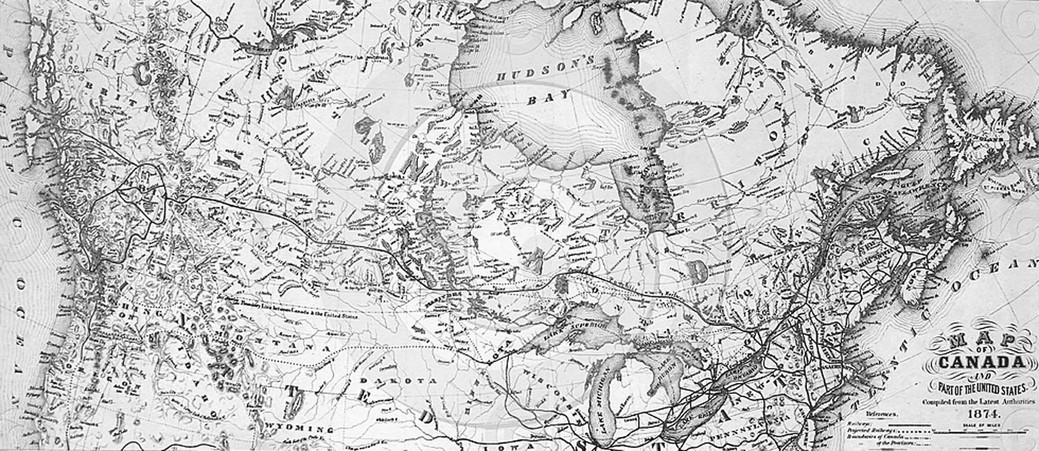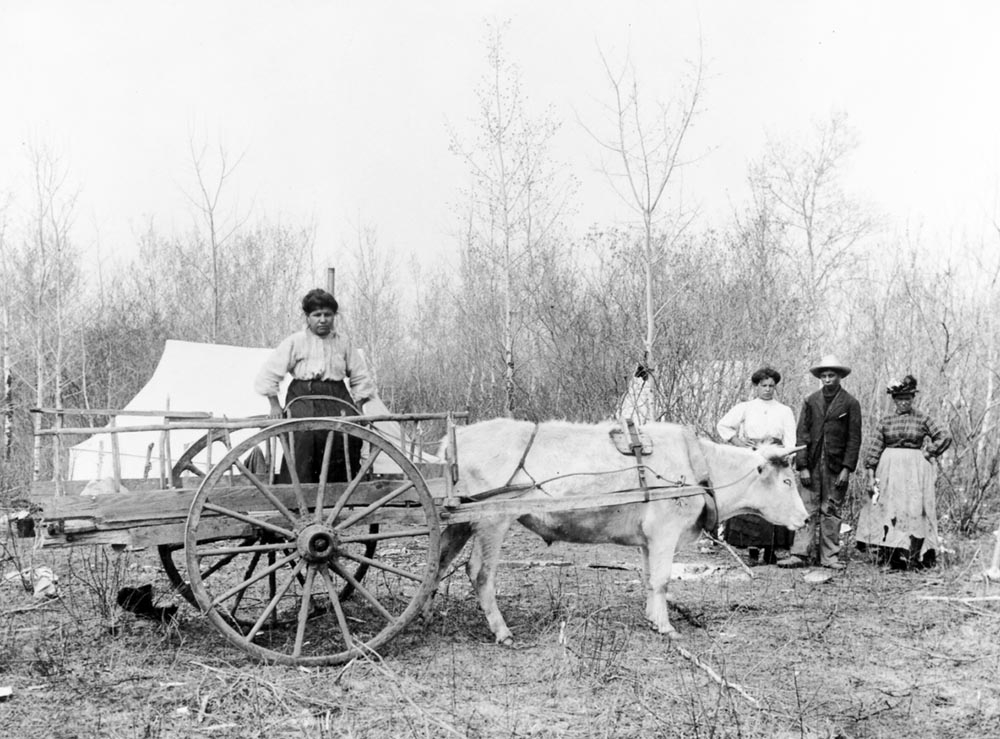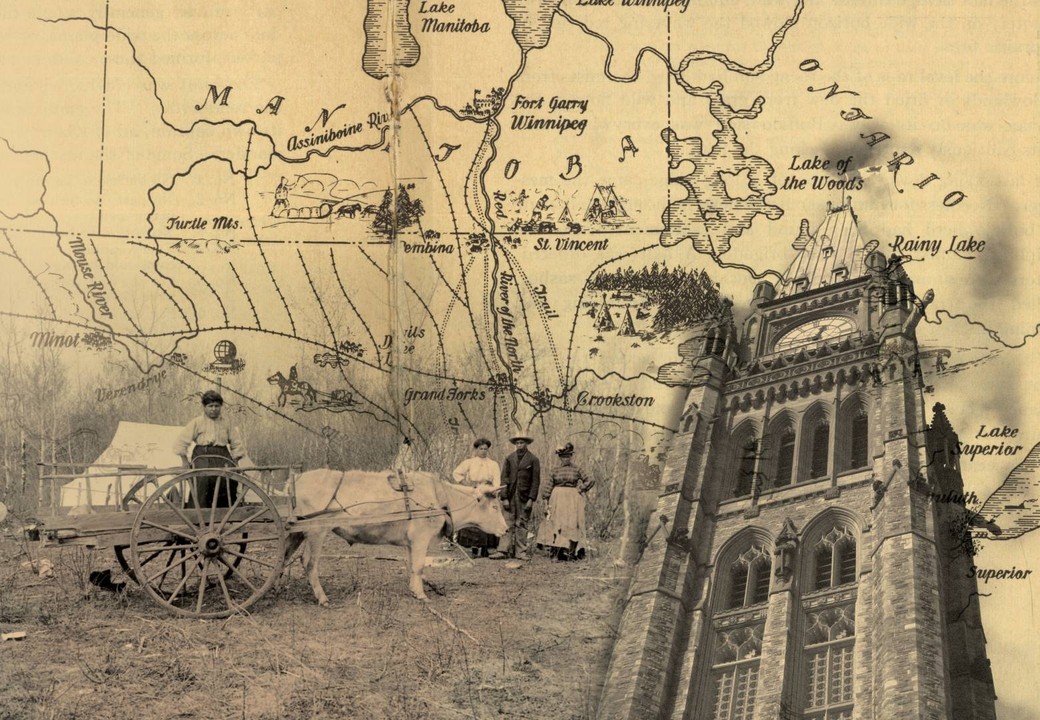
Lingering legal wars of the officially recognized Métis Nation
While Canada has made headway in addressing injustices of First Nation groups, it has largely overlooked the rights of Métis – another significantly large Aboriginal population. The Métis have been tossed back and forth between federal and provincial governments, each disputing its jurisdictional responsibility to deal with them as a distinct Aboriginal people. It has been an ongoing battle in Canada to recognize and affirm the existence of the Métis people and their rights; an historic dispute that will not cease until justice is in hand.
One of the earliest forms of the legal recognition of the Métis and their rights was the Manitoba Act of 1870. This legislation was enacted after the first Métis Provisional Government of Louis Riel had seized control of the Red River Valley in protest over Ottawa’s attempt to transfer the Hudson’s Bay Company territory to itself without consulting the large Métis majority in its most populous part, the Red River Settlement. Riel’s government had drafted a List of Rights that were taken to Ottawa and formed the basis of negotiations with the Macdonald government. Its primary demands were provincial status for the Settlement and its representation in the Canadian Parliament, official bilingualism and protection of the land rights of the Métis.
On May 12, 1870 the Manitoba Act became law, creating Canada’s fifth Province, Manitoba, and its passage seemed to meet most of the Métis demands. Section 31 provided for a land grant of 1,400,000 acres for the children of the Métis heads of families in Manitoba whose own land titles were to be confirmed in Section 32. The failure of the Macdonald government to fulfill these land guarantees, resulting in the displacement of many of the Métis from the province of their creation, would become the focus of an epic court case launched by the Manitoba Métis Federation (MMF) in 1981. That case would culminate 32 years later in the ruling of the Supreme Court of Canada in March, 2013 that Ottawa failed to implement Section 31 in accordance with the Honour of the Crown. According to the Court, Ottawa knew or should have known that the ten-year delay in the distribution of lands to the Métis amidst an influx of hostile immigrants from Ontario would thwart the fulfillment of the land promises.
Ottawa’s failed Métis land grant scheme was to repeat itself outside the original province of Manitoba. The Dominion Lands Act of 1879 provided for land grants for the Métis residents of the North-West but again the distribution was delayed, occurring only after the Métis in the Saskatchewan Valley rose up in resistance under the leadership of Riel and his second Métis Provisional Government. That resistance culminated in 1885 with the defeat of the Métis at the Battle of Batoche and the subsequent trial and execution of Riel.
Land grants under the Dominion Lands Act took the form of scrip, a coupon denominated in a fixed amount of acres or dollars that could be applied to the purchase of surveyed dominion lands opened for homesteading. Land scrip was non-transferable, but the process for redeeming it for land proved to be complicated and lengthy. The most common form of grant issued by Ottawa’s Half-Breed Commissions was transferable money scrip, which could be applied to the purchase of dominion lands or sold and assigned to land speculators, often lawyers and bankers, who were equipped to go through the onerous redemption process. Most Métis opted for money scrip and then sold it for a fraction of its value to scrip speculators. Ottawa’s collusion with speculators extended to every step of the scrip distribution and redemption process. Scrip speculators travelled with and, in effect, became an integral part of the Half-Breed Commissions.
A century later, the scrip system came under legal challenge from the Métis Nation. A Statement of Claim was filed in the Court of Queen’s Bench in Saskatoon in March 1994 on behalf of the Métis Nation—Saskatchewan, the Métis locals in northwestern Saskatchewan, and the Métis National Council. The plaintiffs sought declarations that scrip distribution had not extinguished Métis rights to land and resources, harvesting rights, and the inherent right of self-government. In its ruling on an unrelated case in 2003, the Supreme Court of Canada referred to the history of scrip speculation as a “sorry chapter in our nation’s history”. Like the MMF case, Morin v. Canada and Saskatchewan will span decades. In the case of the former, the Harper government has yet to indicate willingness to negotiate a settlement despite the Supreme Court of Canada ruling in favour of the MMF.
The Constitution Act 1982 recognized and affirmed the existing Aboriginal and treaty rights of Canada’s Aboriginal Peoples who were identified as the Indian, Inuit, and Métis. This was a major breakthrough in Métis recognition. A definitive ruling on what those rights were came in a ruling of the Supreme Court of Canada in 2003 in the Powley case, involving Steve and his son Rodney Powley who were members of the Sault. Ste. Marie Métis community. They had been charged with unlawfully hunting moose in breach of provincial legislation and had argued that as Métis, their harvesting rights were constitutionally protected. The Court ruled that the Métis were full-fledged rights bearing people with harvesting rights protected under the Constitution Act 1982.
Moreover, the Court ruled that being of mixed ancestry in itself did not make one a Métis and that in order to claim constitutionally-protected Métis rights, one would have to prove an ancestral connection to and acceptance by an historical Métis community. For the Métis National Council and its five provincial affiliates, this aspect of the ruling was critical; the Court in effect was validating the National Definition of Métis adopted by the MNC General Assembly in 2002 that serves as the basis of membership in the Métis provincial associations.
Further to the Court decision, the federal government provided funding to the MNC’s affiliates to establish registries to identify their members and rights holders.
Despite these legal victories, the Métis continue to experience a refusal of governments to deal with them as a rights-bearing people. In part, this stems from the refusal of Ottawa and the provinces to assume primary constitutional responsibility to deal with the Métis and their tendency to kick them back and forth like a political football. This impasse over jurisdiction became the focus of another major court battle brought forward nearly 16 years ago by the late Métis leader Harry Daniels. He argued that the federal government has jurisdiction to deal with the Métis under s. 91(24) of the Constitution Act, 1867.
In 2013, the Federal Court of Appeal upheld a lower court decision in favour of federal jurisdiction for the Métis and furthermore restricted the inclusion of Métis in s. 91(24) of the Constitution Act to those identified in earlier Supreme Court decisions such as Powley and MMF v Canada. For the MNC and its provincial affiliates, this is critical in placing the onus on Ottawa to deal with the historical Métis community they represent on a government to government basis. The Supreme Court of Canada has agreed to hear the appeal of the Federal Court decision in Daniels v. Canada and its final decision may change the relationship between the Métis and the Canadian government.
Compelling leaders have guided the strong-willed Métis Nation in its pursuit of legal recognition. Métis people have never been more legally acknowledged as a distinct Aboriginal people than they are today. Large gaps, however, remain in Canadian legislation and policies that fail to meet the nation’s standard. Until these discrepancies are resolved to embrace the collective history and identity of Métis people, the political struggle will continue.








